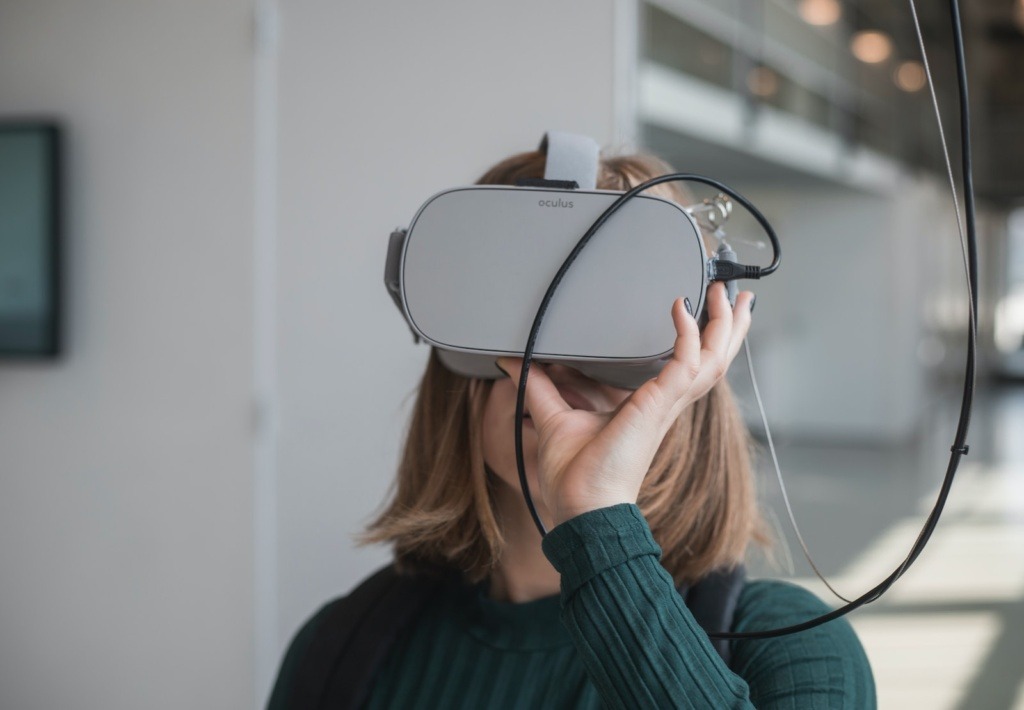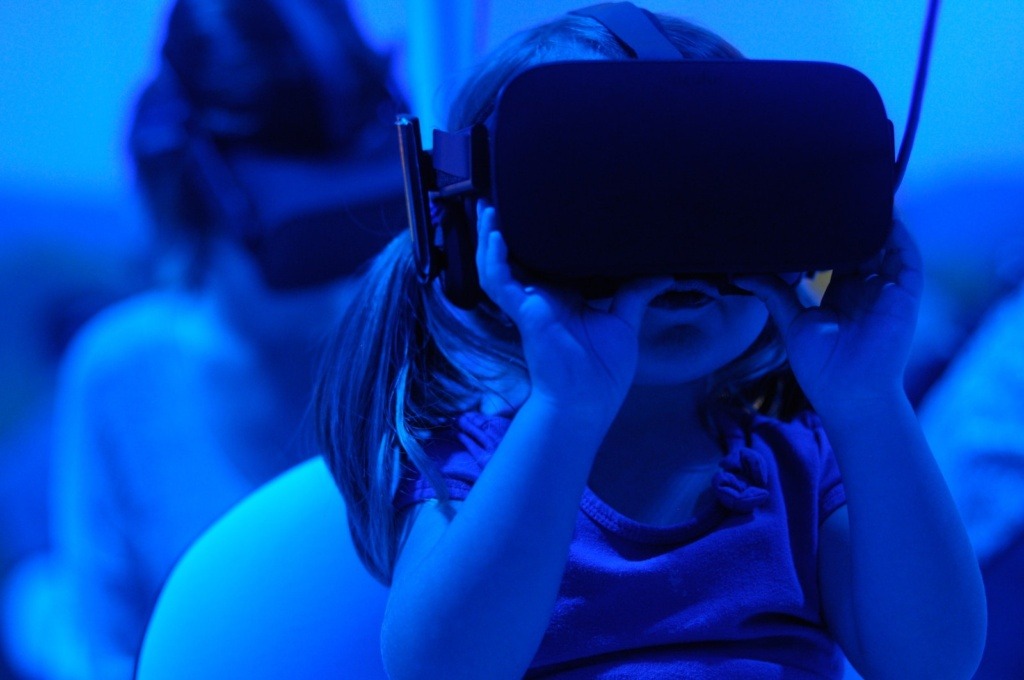Virtual reality (VR) is a technology that allows users to experience a simulated environment. It has the potential to revolutionize education by providing students with a more immersive and engaging learning experience.
Here are some of the benefits of VR education:

- Immersive learning: VR can provide students with an immersive learning experience that can be difficult to replicate in a traditional classroom setting. This is because VR allows students to interact with the simulated environment in a way that is not possible with traditional learning methods.
- Engaging learning: VR can make learning more engaging for students. This is because VR can make learning more fun and interactive.
- Personalized learning: VR can be used to provide personalized learning experiences for students. This is because VR can be tailored to the individual needs of each student.
- Problem-solving skills: VR can be used to teach students problem-solving skills. This is because VR can create realistic scenarios that students can use to practice their problem-solving skills.
- Creativity: VR can be used to foster creativity in students. This is because VR can allow students to explore and create new things in a safe and controlled environment.
- Collaboration: VR can be used to promote collaboration among students. This is because VR can allow students to work together on projects in a shared virtual environment.
- Access to experts: VR can be used to provide students with access to experts. This is because VR can allow students to interact with experts in a simulated environment.
The benefits of VR education are numerous and far-reaching. By providing students with an immersive, engaging, and personalized learning experience, VR has the potential to revolutionize education.
Here are some additional benefits of VR education:

- Improved retention: Studies have shown that students who learn using VR are more likely to retain the information than those who learn using traditional methods.
- Reduced anxiety: VR can be used to reduce anxiety in students, especially in those who are afraid of public speaking or heights.
- Increased motivation: VR can be used to increase motivation in students, especially those who are struggling in school.
- Improved teamwork: VR can be used to improve teamwork skills in students, as they must work together to solve problems in the virtual environment.
- Increased empathy: VR can be used to increase empathy in students, as they can experience the world from the perspective of others.
The potential of VR education is vast. As the technology continues to develop, we can expect to see even more benefits for students.
